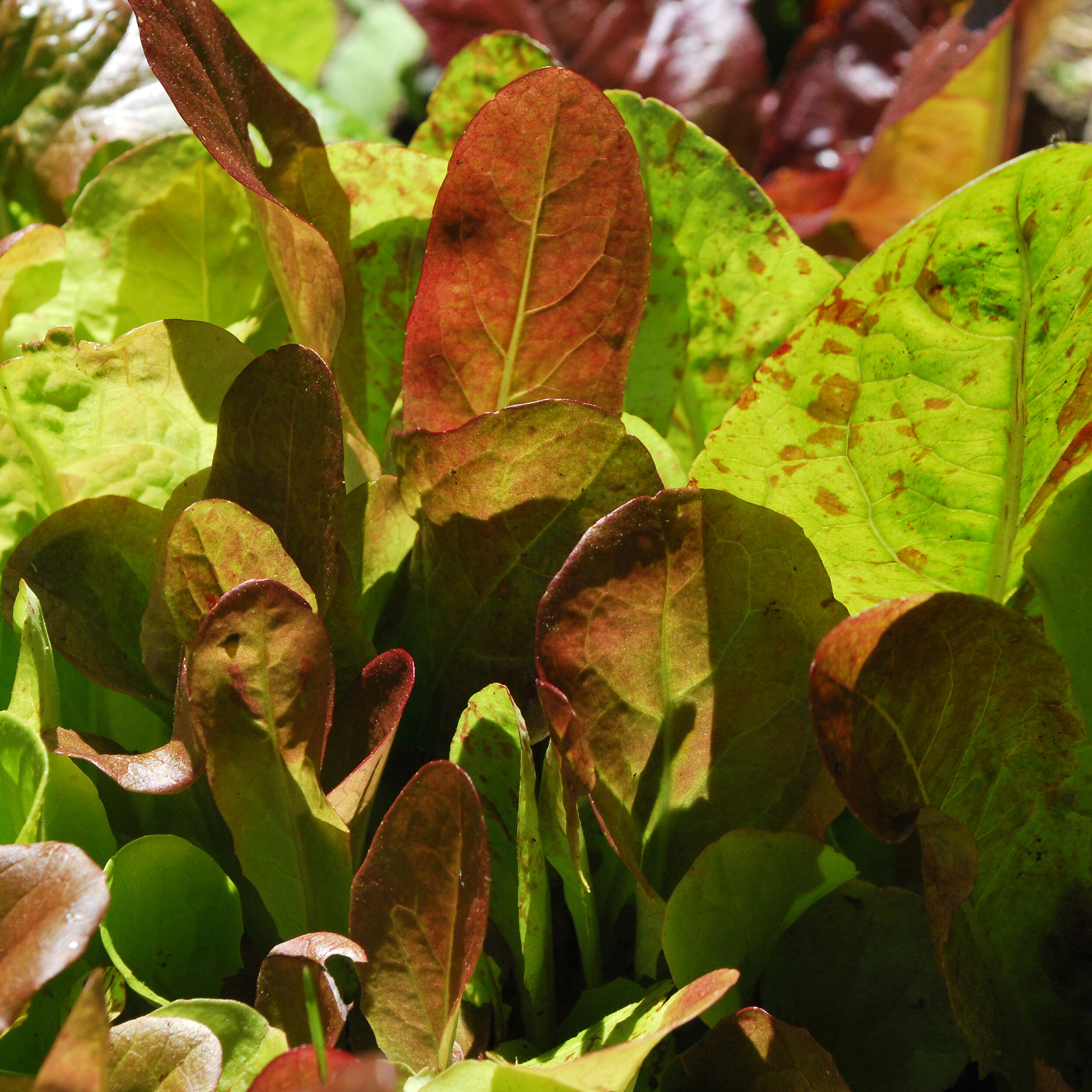We are so lucky in the Pacific Northwest to be able to grow veggies nearly year-round (with a little help from season-extending materials) but the fact is that many vegetable gardeners don’t take advantage of the opportunities that exist in mid-to-late summer to plant vegetables for fall and even extra-early spring harvests. This guide will help you get started.
Planting Fall Cover Crops
With the advent of September and autumn, the cooler nights are a time to give yourself a brief respite after the summer and refresh your vegetable garden with a cover crop. Cover crops, also called green manure, are very beneficial to the "tilth" (structure, or physical suitability for planting) of your soil. Sown in the fall, usually late September, cover crops will enhance soil over the winter. They attract pollinating insects, break up heavy soil, add organic material and decrease the number of weeds.
Fall in Rolf's P-Patch Garden
I love the transitions to a new season and this year has been another exceptional year for the vegetable garden. Now that the last picking of pole beans has happened, the garlic is drying in a dark location along with the lavender, thyme and sage and the indeterminate tomatoes continue to flourish, it is an appropriate time to reflect what went right and how do I want to proceed with fall maintenance and planting for an extended crop.








